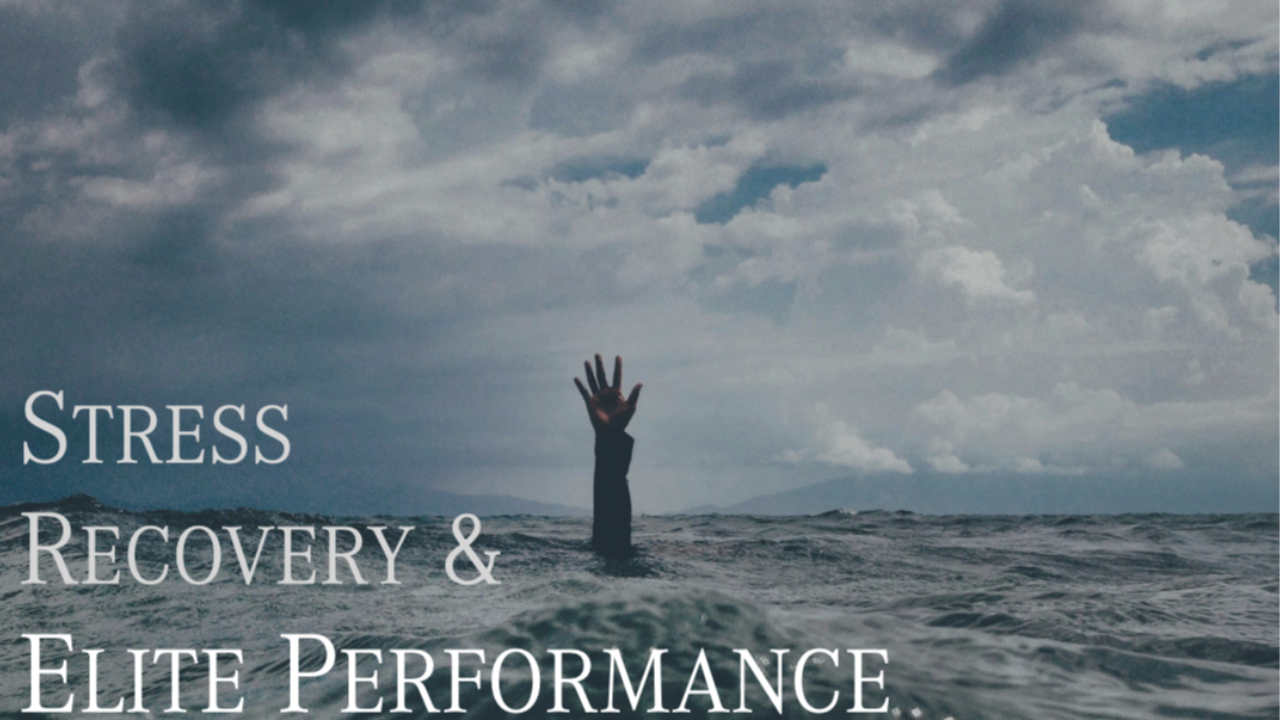The Day You Hire Is the Day Your Fire - How Elite Teams ID Talent
Jul 20, 2025
Keep Asking Better Questions
Learning Talent ID from the best sports scouts
Same technical skills. Identical physical attributes. Equal experience levels.
One becomes champion. One doesn't.
Whether it’s a Senior VP, Premier League left back or a 2nd round draft pick - the challenge is the same – how do you select the best?
Actually, the real problem is in the question.
Many leaders focus on finding the best person – not the right person, for their situation.
They revert to standard job title descriptions – not actual responsibilities, for their current situation.
They get distracted by isolated quantitative metrics, regardless of context or the qualitative variables that impact performance.
Having worked directly with elite talent identification myself I can tell you the best leaders are far more circumspect. They are looking not at what someone has done, but how they did what they did and why they did it.
These are the 'Gray Questions' – questions that reveal nuanced character traits and potential that most assessments miss. They explore the spaces between metrics and that’s where true differentiation lies.
The Gray Questions
They are looking for clues beyond simple metrics. They want to understand the potential and the attitude of the person. They want to look beyond black and white and understand the gray.
Let me give you an example from sport.
When testing let’s say a bench press or squat most people count the number of reps and that’s it. But there’s more valuable information – Did they have good form/biomechanics at the end? What does that tell me about their future potential? If they didn’t, then that athlete potential for further improvement.
Where did they fail? At the top or bottom? What does that tell me about their attitude? Someone who failed half-way through the rep wanted to push a little more and see what they could do. Someone who didn’t try one more, perhaps had more to give.

Are these guarantees? No.
Indicators? Yes.
When evaluating a candidate's project management experience, most hiring managers verify metrics: 'Did the project finish on time and under budget?'
Rather than going beyond the black and white - 'How did they handle the mid-project crisis? Did they escalate immediately or attempt to solve it first? When resources were cut, which priorities did they protect and why?'
A candidate who preserved team cohesion while making decisions reveals qualitative decision-making skills that a resume can’t capture. The executive who can articulate not just what they achieved but the why – the reasoning that guided their choices may have the potential to lead others.
"Tell me about a time you failed completely. What did you do next?"
Then there’s resilience & robustness.
One special forces operator was dropped from selection because he hadn’t made a mistake, or more importantly perhaps, couldn’t recall and articulate how he failed and overcame it. Why? Because the higher the risk, the more elite the performance, the more important it becomes to demonstrate ‘robustness’ and resilience.
Robustness, the ability to continue to execute tasks at 100% while capabilities are less than 100%. Resilience is the ability to return to execute tasks at 100% after failure, not letting failure affect next performance.

Some research in leadership psychology found that response patterns to failure scenarios predicted long-term elite achievement more accurately than any other single assessment factor.
Some selection criteria purposefully present tasks that are impossible to complete in the middle of a series simply to test robustness and resilience – that’s how critical these traits are.
Average performers: Can explain external factors that caused failure. They focus on circumstances beyond their control. Emphasize learning from the experience.
Elite performers: Focus on system changes they implemented immediately after failure, process improvements. They focus on personal responsibility and systematic response.
The difference isn't talent.
It's failure seen as learning, as an improvement opportunity.
The elite response pattern:
- Responsibility: "Here's exactly what I did wrong."
- Analysis: "Here's the process failure that enabled the mistake."
- Rebuild: "Here's the system I built to prevent this category of failure."
Most Fortune 500 hiring processes assess success stories.
Elite organizations evaluate failure responses to find continuums.
Elite performers view failure as optimization opportunity - not a temporary setback that needs recovery.
And for those assessing – don’t make feedback personal.
Tackle the problem not the person
Don’t Get Bitter.
Just Get Better





